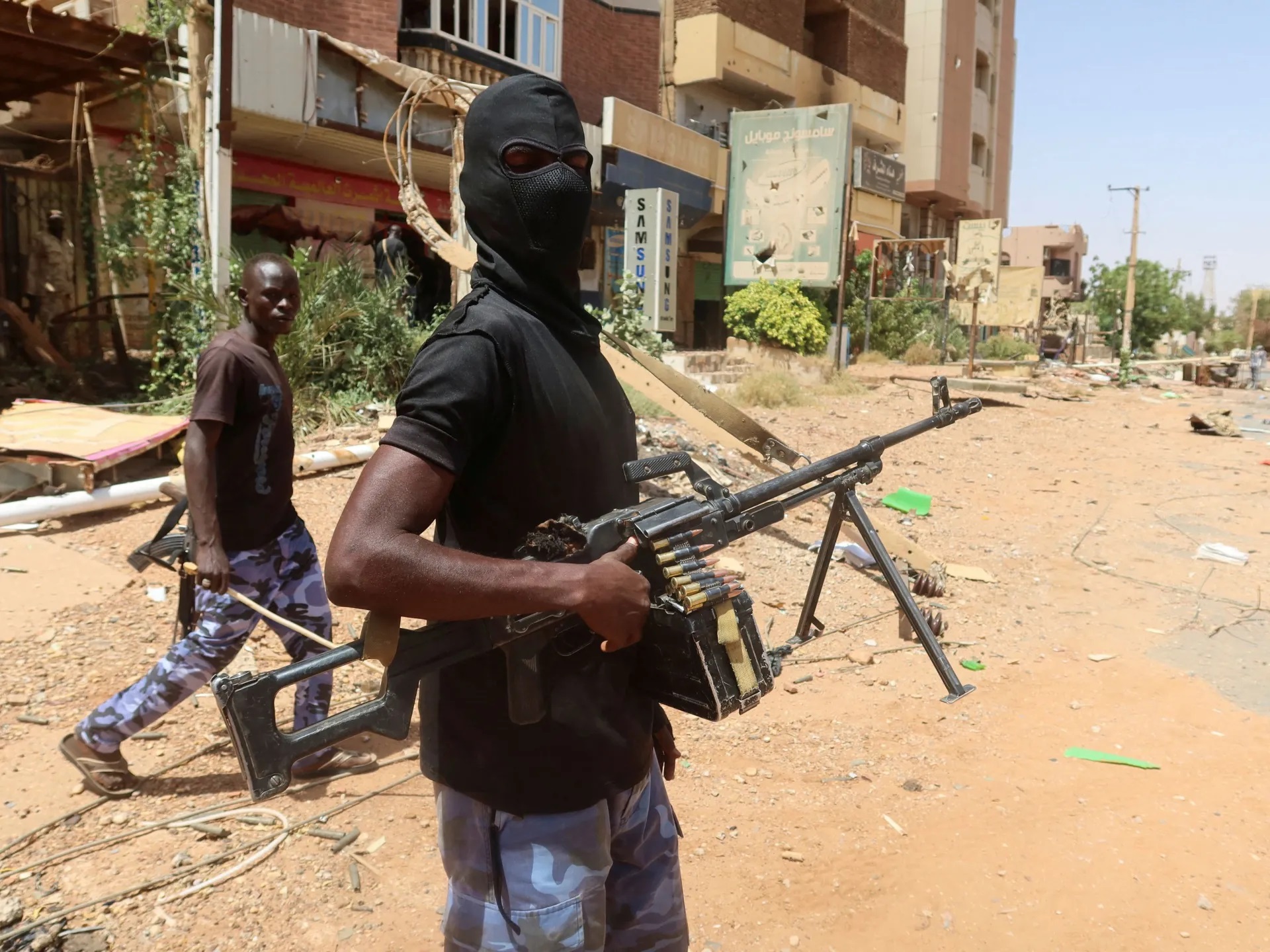Darfur Crisis: Looming Tragedy in El Fasher

Watan-Experts from Sudan and abroad have warned of a potential massacre in the city of El Fasher in Darfur, which could result in casualties on the scale of Hiroshima and Nagasaki. The city is currently besieged by quasi-military Rapid Support Forces.
With approximately a million civilians trapped inside the capital of North Darfur, there are no clear escape routes, meaning the city could become a “killing box” in the event of an attack.
Despite the Sudanese Armed Forces maintaining control of El Fasher, the only city under their control in the sprawling Darfur region, the Rapid Support Forces have seized control of all routes leading to and from the city. Consequently, the army has resorted to parachuting supplies to their new recruits.
As the final battle looms in Darfur, army units anticipate fighting to the death.
Observers note that the Rapid Support Forces are moving heavy weaponry into the area.
Sources in El Fasher report that the quasi-military force is looting goods entering the city. Military movements indicate that the Rapid Support Forces already have fighters in the eastern part of the city.
In the past two weeks alone, the Rapid Support Forces have burned down at least 11 villages in the adjacent northern Darfur countryside entirely.
عملية إنزال جوي للفرقه السادسة مشاة الفاشر#قشم_فوق pic.twitter.com/v9J9MMf3B8
— 🅚🅐🅜🅐🅛 (@kamalgoga) April 26, 2024
Villagers have been forced to flee to the city, meaning all inhabitants of the area are now concentrated there.
The situation is exacerbated by the presence of the largest internally displaced persons camp in the region, Zamzam Camp, located just 12 kilometers outside the city.
The road between the Rapid Support Forces fighters and the city passes through the camp, which houses hundreds of thousands, many of whom belong to non-Arab groups targeted by the Rapid Support Forces throughout the war.
Genocide
Days ago, the Raoul Wallenberg Centre found “clear and compelling evidence” that the Rapid Support Forces are committing genocide against “non-Arab groups” in Darfur. The Black Massalit group has been particularly targeted.
Sources on the ground state that Zamzam is protected by forces loyal to Minni Minnawi, a former rebel leader and governor of Darfur now fighting alongside the army.
Among a million people in El Fasher, there are around 700,000 displaced persons. The war has displaced over 8 million Sudanese.
El Fasher was formerly a vibrant hub for activists and human rights defenders and housed the only hospital treating survivors of sexual violence since the war began.
Death, Hunger, and Thirst
Tajaldeen, a resident of the Abu Shouk internally displaced persons camp in El Fasher, stated in an online press conference that he was aware of 38 separate vehicles stopped and looted by the Rapid Support Forces.
He said that fuel prices in El Fasher have more than doubled, likely having a catastrophic impact on the availability of drinking water in the city.
Approximately 95% of the drinkable water in El Fasher relies on fuel-powered generators.
Tajaldeen, who could not provide his last name for security reasons, stated that the Rapid Support Forces are threatening citizens with death, hunger, and thirst.
He added, “The medical staff have fled the city, leaving patients untreated. Many have already died as a result.”
Nathaniel Raymond, the Executive Director of the Yale Humanitarian Lab, who has been closely monitoring the conflict, identified three main conditions that could lead to significant civilian casualties in El Fasher.
He stated that civilians may die due to deprivation of humanitarian aid, including food, water, and medicine. They could perish in crossfire exchanges or be directly targeted by the Rapid Support Forces.
الهجانة بالغنائم قبل قليل، قلنا لن يهدا لداعمي التمرد بال ولن يستسلموا عن محاولات اسقاط حامية الابيض او بابنوسة او الفاشر ولكن الاسود لهم بالمرصاد.
نصر من الله وفتح قريب pic.twitter.com/fAIqRUxpRO— Ghandour (@crm_200) April 21, 2024
Hiroshima and Nagasaki Scenario
Raymond stated in the press conference, “We have a city on the brink of siege… The situation for people in El Fasher is likely to deteriorate significantly in the coming hours and days. Civilians have no clear way to escape. We call this a killing box.”
He believes the risk of mass atrocities and targeted ethnic killings is “inevitable” and that the situation will “dramatically worsen” in the coming days and weeks.
He added, “I want to be clear here. 9/11 was 3000 people. 40,000 civilians were killed in Gaza… This situation could lead to human losses on the scale of Hiroshima and Nagasaki.”
مفوض الأمم المتحدة لحقوق الإنسان يبدي قلقاً “بالغاً” إزاء تصاعد العنف بمدينة الفاشر #السودانية pic.twitter.com/nXLK2Jpg6Z
— TRT عربي (@TRTArabi) April 26, 2024
The American atomic bombs dropped over the Japanese cities of Hiroshima and Nagasaki in August 1945 resulted in the deaths of an estimated 215,000 people.






